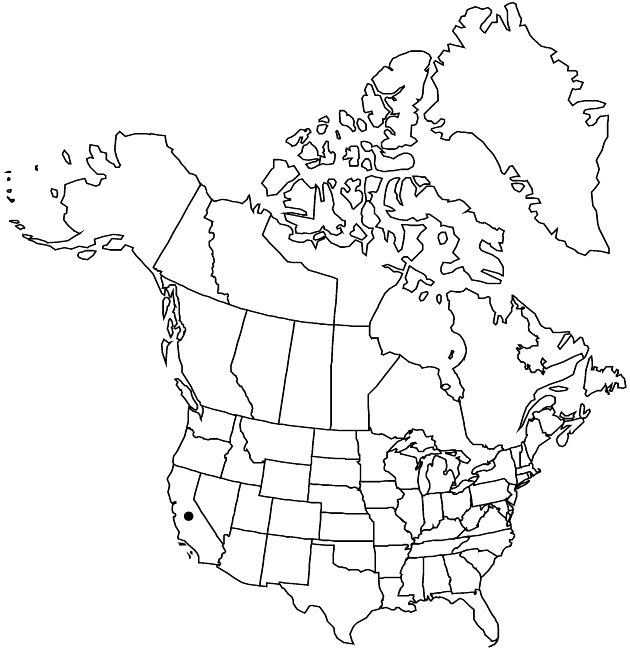Lessingia tenuis
Contr. U.S. Natl. Herb. 4: 124. 1893.
Plants 2–15 cm. Stems erect, green to tan, glabrous or villous. Leaves: basal withering by flowering; cauline margins entire or dentate to pinnately lobed, faces sometimes gland-dotted, abaxial villous to tomentose. Heads borne singly, at ends of branchlets. Involucres obconic, 4–7 mm. Phyllaries purple-tipped, faces glabrous or villous, gland-dotted; inner scarious. Disc-florets 10–25; corollas yellow (occasionally pink or suffused with purple in peripheral florets; tubes with brown-purple band inside); style-branch appendages truncate-penicillate, 0.1–0.2 mm. Pappi tan, equal to or longer than cypselae. 2n = 10.
Phenology: Flowering Apr–Jul.
Habitat: Openings, chaparral, woodlands
Elevation: 300–2200 m
Distribution

Calif.
Discussion
Lessingia tenuis is known from the central and southern San Francisco Bay area through the South Coast Range to Ventura County.
Selected References
None.